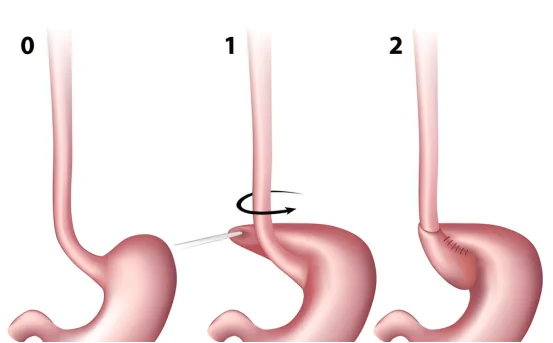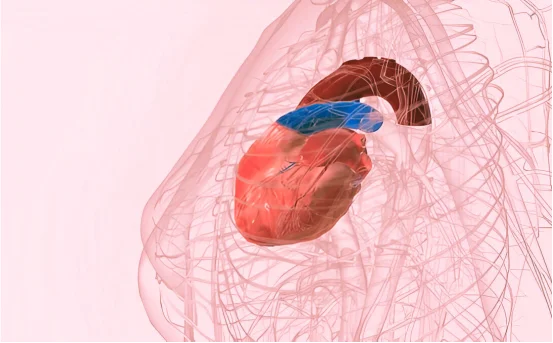Precise bladder outlet incision surgery is a common urological condition that can significantly impact a person’s quality of life. It causes difficulty in passing urine and can lead to long-term complications if left untreated. One of the most effective and minimally invasive procedures for relieving this condition is precise bladder outlet incision surgery.
One such advanced and highly effective treatment is precise bladder outlet incision surgery. This minimally invasive procedure targets the exact site of obstruction with high accuracy relieving pressure, restoring urine flow, and minimizing tissue damage. Also known as bladder neck incision (BNI) or endoscopic bladder outlet incision, this technique is performed with a cystoscope and specialized instruments, eliminating the need for open surgery.
What is Bladder Outlet Obstruction (BOO)?
Bladder outlet obstruction refers to a blockage at the base of the bladder that restricts or prevents urine from passing into the urethra. It can affect both men and women but is more common in men due to conditions like an enlarged prostate (benign prostatic hyperplasia or BPH).
Common Causes of BOO :-
-
Benign Prostatic Hyperplasia (BPH)
-
Urethral strictures (narrowing of the urethra)
-
Bladder neck contracture
-
Scarring from prior surgeries or infections
-
Congenital abnormalities
Left untreated, BOO can lead to bladder damage, urinary tract infections (UTIs), kidney damage, and incontinence.
Understanding Precise Bladder Outlet Incision Surgery
Precise bladder outlet incision surgery, also referred to as bladder neck incision (BNI) or endoscopic bladder outlet surgery, is a minimally invasive technique used to relieve obstruction at the bladder neck or proximal urethra.
Unlike traditional surgeries, this technique involves making small, targeted incisions to widen the narrowed area without removing tissue. The goal is to restore normal urinary flow and alleviate symptoms.
Who is a Candidate for Precise Bladder Outlet Incision Surgery?
This surgery is recommended for patients experiencing :-
-
Persistent urinary symptoms due to bladder neck obstruction
-
Urethral stricture that cannot be managed by dilation alone
-
Bladder outlet obstruction not responsive to medication
-
History of previous prostate or urethral surgery leading to scar tissue
Symptoms That May Indicate the Need for Surgery :-
-
Weak or intermittent urine stream
-
Difficulty starting urination
-
Prolonged urination time
-
Frequent urination or urgency
-
Incomplete bladder emptying
-
Urinary retention
A urologist will typically perform diagnostic tests such as uroflowmetry, cystoscopy, or urodynamic studies to confirm the obstruction and plan the treatment.
How is the Procedure Performed?
Precise bladder outlet incision surgery is typically performed under spinal or general anesthesia in a hospital or surgical center.
Step-by-Step Overview :-
-
Cystoscopy :- A thin, flexible tube with a camera (cystoscope) is inserted into the urethra to visualize the obstruction.
-
Targeted Incision :- Using specialized instruments, the surgeon makes one or two small incisions at the site of the narrowing, often at the 5 or 7 o’clock position.
-
Restoring Flow :- These incisions relieve the obstruction, allowing urine to flow freely from the bladder.
-
Catheter Placement :- A temporary catheter may be placed to allow healing and proper drainage.
The entire procedure usually takes 20 to 40 minutes, and most patients can go home the same or the next day.
Benefits of Precise Bladder Outlet Incision Surgery
This modern, minimally invasive procedure offers several advantages over traditional open surgery or long-term catheterization.
Key Benefits Include :-
-
Minimally invasive, no external incisions
-
Short hospital stay
-
Faster recovery time
-
High success rate in relieving symptoms
-
Low risk of complications
-
Preserves urinary and sexual function in most cases
Many patients report significant improvement in symptoms within just a few days of the surgery.
Risks and Potential Complications
Like any surgical procedure, precise bladder outlet incision surgery carries some risks, although they are relatively rare.
Possible Complications :-
-
Temporary burning or discomfort while urinating
-
Urinary tract infection (UTI)
-
Bleeding or blood in urine
-
Recurrence of obstruction (may require re-treatment)
-
Incontinence (very rare)
-
Retrograde ejaculation (in men)
Your urologist will discuss all risks and help determine whether this procedure is suitable for your specific condition.
Recovery After the Surgery
Most patients recover quickly after the procedure.
Postoperative Care Tips :-
-
Avoid heavy lifting and strenuous activity for at least a week
-
Drink plenty of fluids to flush the bladder
-
Take prescribed medications (antibiotics or pain relievers)
-
Follow-up visits to assess healing and urine flow
-
Catheter (if placed) is usually removed within a few days
Most patients can return to work and normal activities within 5–7 days, depending on individual healing progress.
How Successful is the Procedure?
Precise bladder outlet incision surgery has a high success rate in resolving urinary obstruction and improving quality of life. In clinical studies, 70–90% of patients experience significant symptom relief, especially when the obstruction is due to bladder neck contracture or a small stricture.
However, in some cases especially when scarring is extensive repeat procedures or alternative treatments may be necessary.
Alternatives to Surgery
Before surgery is considered, most patients try conservative or non-surgical treatments, such as :-
-
Medications (alpha-blockers like tamsulosin)
-
Urethral dilation
-
Catheterization
-
Botox injections (experimental)
If these approaches do not provide relief, precise bladder outlet incision becomes a preferred choice due to its safety and effectiveness.
Why Choose a Urologist Experienced in Precise Surgical Techniques?
Not all urologists specialize in advanced endoscopic procedures. Choosing a surgeon with experience in precision incisional techniques ensures :-
-
Accurate targeting of the obstruction
-
Minimal damage to surrounding tissues
-
Reduced risk of recurrence
-
Better long-term outcomes
Many specialized urology centers now offer this procedure using high-definition imaging and laser-assisted techniques, enhancing precision even further.
Conclusion
If you’re struggling with urinary symptoms due to bladder outlet obstruction, precise bladder outlet incision surgery can offer fast, lasting relief. It’s a minimally invasive, safe, and highly effective procedure that restores normal bladder function and improves quality of life.























